Top 5 foodie cities in Europe
Spicy Adventures
Your cart is empty.
SUBTOTAL
£0.00

Spicy Adventures
Planning a culinary adventure through Europe? You’re spoilt for choice. Europe is so diverse and each city has its own speciality. The food scenes in different cities are constantly evolving, making Europe an exciting food destination wherever you go. From a fine dining restaurant that only serves dessert, to bar hopping for the best pintxos, we’re rounded up the top five cities in Europe that have the best foodie experiences.
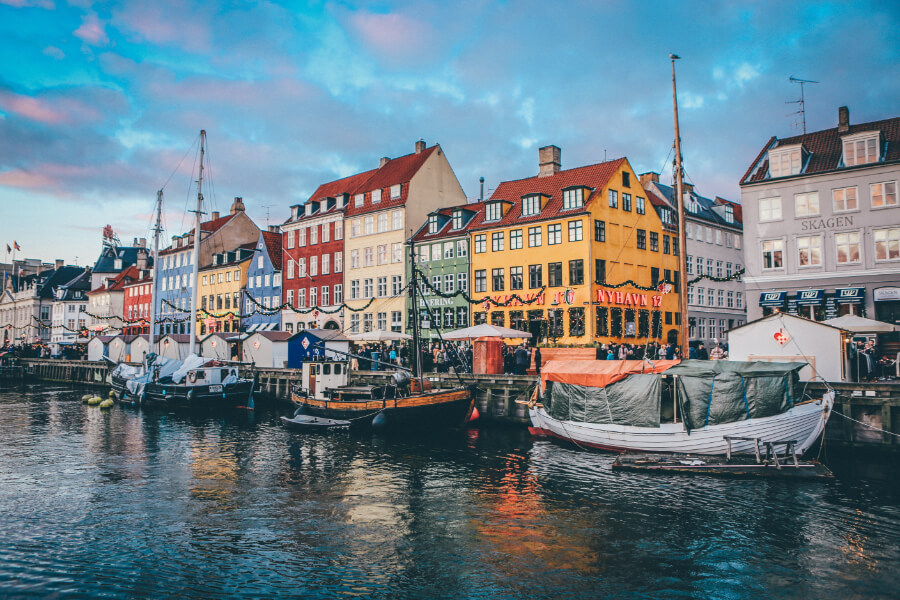
Denmark’s capital is one of the top destinations for foodies. The city has a total of thirteen Michelin star restaurants, an impressive collection for a city of its size. One of these restaurants is the world-famous Noma, which has frequently ranked number one on The World’s 50 Best Restaurants by Restaurantmagazine. Chef-founder René Redzepi redefines Nordic cuisine using local and seasonal ingredients including foraged produce and fermentation to create simple and elegant dishes.
Copenhagen’s food scene also features casual eateries selling traditional specialties, one of the most well-known being smørrebrød, a Danish open-faced sandwich. Originally a Danish farmer’s lunch, this is a local delicacy made with rye bread and can be topped with meat, shrimp, marinated herring, cheese, eggs, beef tartar and spreads.
While strolling around Copenhagen, it’s almost impossible not to come across a hot dog stand. It may surprise you, but a hot dog is one of the most traditional street foods in the city. The most popular sausage in Denmark is rød pølse (red sausage) which is served in a bun with ketchup, mustard and onions.
Since the Vikings roamed the lands, marinated and pickled herring has been a special food for the Danes. Although there are plenty of fish dishes in Danish cuisine, herring is by far the most popular, and is usually served with bay leaves, onion salad and eggs.
A must-do experience:
Visit Torvehallerne, a buzzing food hall and market with over 60 stalls selling everything from fresh ingredients, local delicacies and international cuisine.
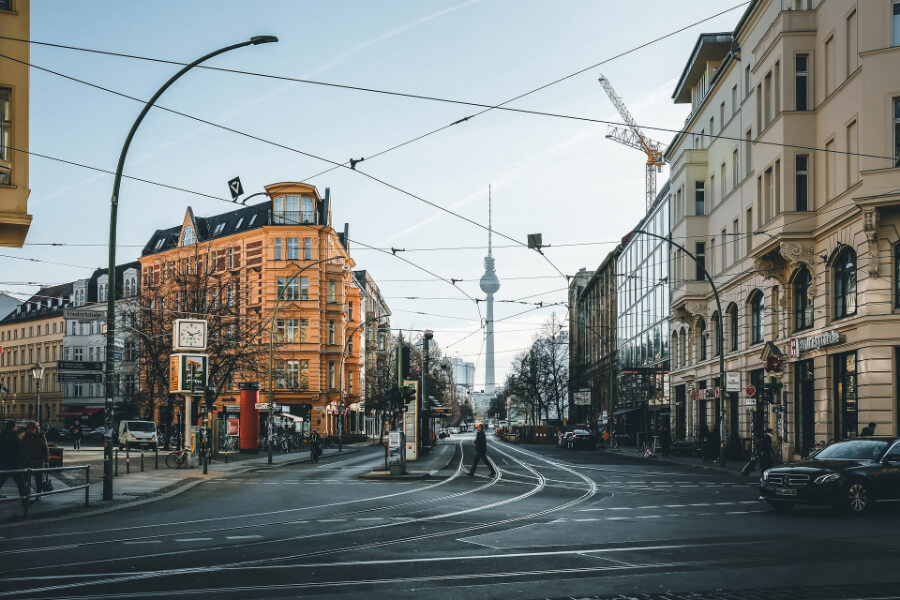
With such a rich history, it may be easy to miss out on Berlin’s rapidly growing food scene. Not that long ago, you would be hard-pressed finding a visitor who claimed to be travelling to Berlin for its food. These days, many people visit with the sole purpose of exploring the city’s culinary scene which is made up of a thriving street food scene, third wave coffee movement, an increasing popularity in vegetarian and vegan cuisine, high-end restaurants serving new takes on traditional dishes, and dining experiences which emphasise local, seasonal produce.
One of the most iconic dishes associated with Berlin is currywurst. On pretty much every street, you’re bound to find an eatery selling this cheap, humble sausage. Laden with a sauce of ketchup, curry powder and Worcestershire sauce, this makes for a cheeky late-night snack after one too many steins.
You can’t talk about food in Berlin without mentioning the doner kebab. Brought to Germany by Turkish immigrants, doner kebab has become synonymous with Berlin. Grilled meat served with vegetables and salad in bread – you’ll find stands everywhere around the city and is a must-try.
A must-do experience:
In a city obsessed with the quirky and unusual, it’s unsurprising that there are unconventional options when it comes to its food scene. Michelin star Coda Dessert Bar in Neukölln is a one-of-a-kind culinary experience where multiple course dessert menus are served as fine dining.
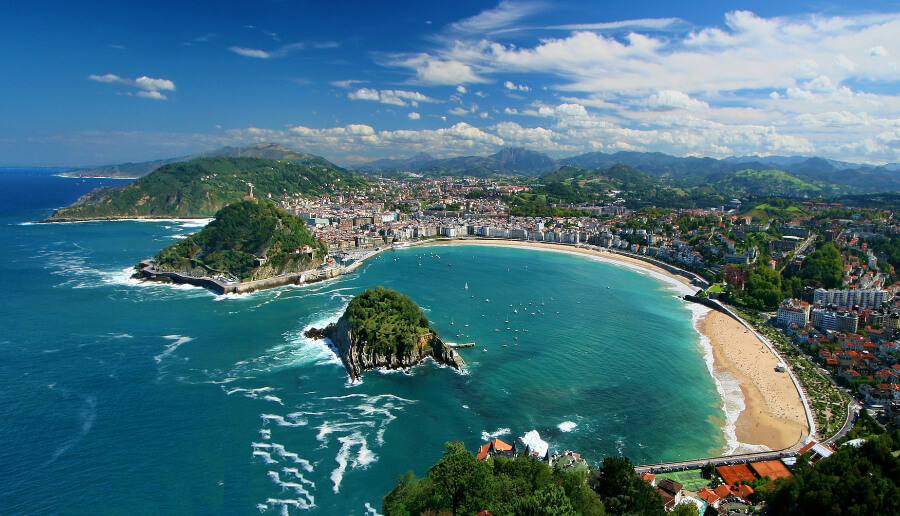
No list of foodie cities in Europe is complete without San Sebastian, known as Donastia by its local residents. Situated on the north coast of Spain in the Basque country, the city boasts the second highest concentration of Michelin star restaurants per square metre (after Kyoto in Japan). It’s also known for its pintxos bar scene (Basque country’s answer to tapas) and plenty of local markets selling fresh seafood.
Pintxos is Basque style tapas and are found mainly in the old quarter of the city. These bite-size treats are usually served at the bar alongside a glass of wine or beer, and are typically small pieces of bread topped with a variety of ingredients including chorizo, Spanish ham, anchovies, prawns and cheese. Some specialities which are local to San Sebastian include slow-cooked veal cheeks, pimientos de padrón (fried long green peppers) and bacalao (salt cod).
Due to its location along the Bay of Biscay, San Sebastian has some of the freshest and tastiest seafood around. Some of its most iconic dishes are centred around seafood, such as bacalao al pil pil (cod fried in olive oil), gilda (anchovies, green olives and spicy pickled peppers) and kokotxas (a stew made with hake or cod cheeks).
A must-do experience:
A pintxos tour is a must when visiting San Sebastian. The city is filled with great pintxos bars, so it’s hard to go wrong. Treat it like a pub crawl – start small and only order a few at each bar. Don’t be afraid to ask for recommendations – most bars have a speciality and it would be a shame to miss out on them.
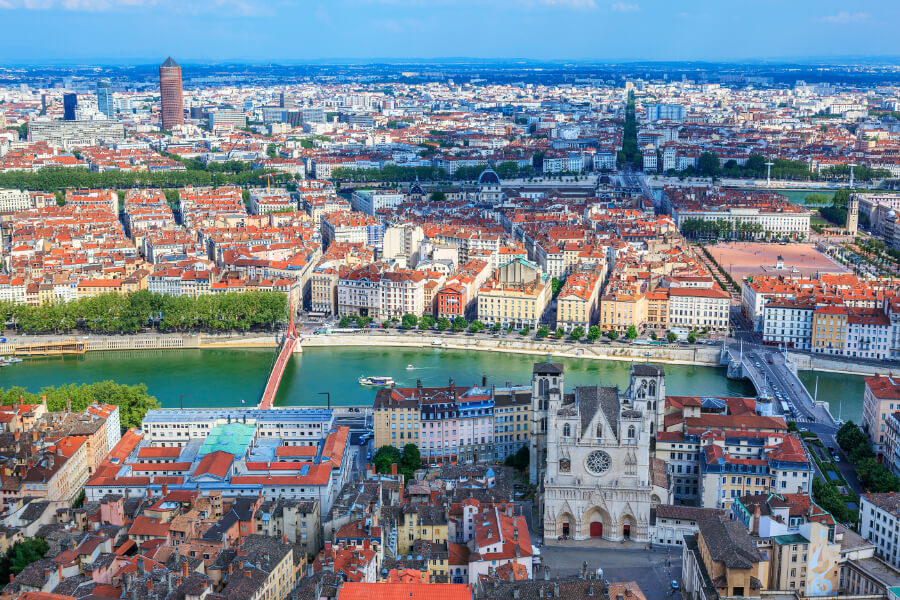
Lyon is the food capital of France, and is arguably the original foodie city. Nouvelle cuisine was born here, where famous French chefs like Paul Bocuse became known for their fine dining restaurants, and where a new generation of chefs are putting their own spin on traditional French cuisine. All the amazing food can be accredited to Lyon’s position in east-central France, surrounded by a variety of top-quality produce and ingredients from local farms, butchers, lakes, orchards and vineyards.
When looking for somewhere to eat in Lyon, the best place to go to is a bouchon. This is a type of restaurant which is unique to Lyon, a part of the city’s history. Bouchons are typically small and family-owned, serving a specific type of food – usually heavy, homemade foods and Lyonnaise specialities.
There are so many Lyonnaise specialities that the city is famous for. One of the most well-known is quenelle, a mixture of creamed fish or meat served with bechamel or nantua sauce (made from crayfish tails and crayfish butter). Another Lyonnaise speciality is andouillette is a bold flavoured sausage made from pig intestines and tripe, usually served with mustard or red wine sauce. For dessert, you can’t miss tarte a la praline. The pastry is made with ground pralines mixed with cream and covered with red or pink sugar.
A must-do experience:
When in Lyon, a visit to the prestigious Les Halles de Lyon is a rite of passage. This indoor market was renovated and renamed in honour of Paul Bocuse, and boasts over 40 vendors selling regional produce, from bakeries and fishmongers to chocolates and cheesemongers. There are also several bars and restaurants for a spot of lunch.
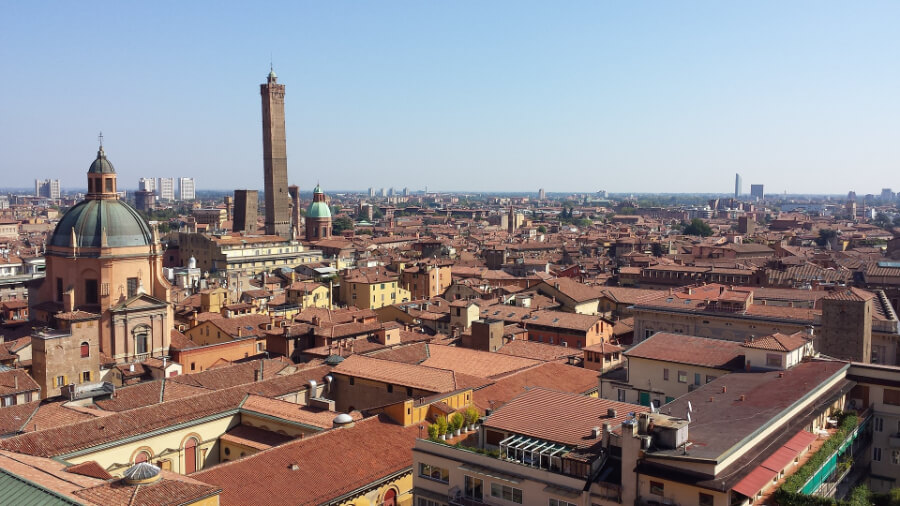
Bologna has one of the best food scenes in Europe (possibly even the world). It’s the capital of the Emilia-Romagna region in Italy, which is the home of parmesan, balsamic vinegar, mortadella, tortellini and parma ham. This surrounding region is a food basket for the city due to its ideal climate and rich, fertile plains.
Fresh, egg-based pastas are what Bologna does best, and you’ll find it around every corner. Despite its name, you won’t find any spaghetti bolognese here. In fact, the idea is shunned by the locals as tagliatelle al ragu is the dish of choice. Another famous Bolognese pasta dish is tortellini al brodo, a comforting dish of pasta stuffed with cheese and meat in a hearty broth.
Mortadella is a traditional Bolognese sausage made from finely chopped pork meat spiced with whole or ground black pepper, myrtle berries, nutmeg and pistachios. Soft and slightly salty, this is one of the foods you’ll be picking up at the local markets like Mercato di Mezzo, the oldest and most fascinating market in the city.
A must-do experience:
The late afternoon is when Bologna comes alive as restaurants, bars and shops open their doors and chairs and tables spill out onto the streets and courtyards. Perfect for people-watching and soaking up the atmosphere, take a seat at one of the eateries and enjoy spritzers alongside tapas-style dishes.
Understanding Spices
Spices have long been integral to the UK's culinary landscape, adding depth, flavours, and richness to a myriad of dishes. From the pungent aroma of cumin in Indian curries to...
Read MoreNews
We want to make sure we do everything we can to get your Christmas gifts & ingredients to you in time. Order by the dates below to guarantee that we...
Read MoreUnderstanding Spices
Confetti is an essential part of any wedding day. Not only is it a wonderful way to greet a newlywed couple, but it also provides some beautiful photo opportunities. The...
Read MoreSeasonal Ideas
It’s no secret that any handmade gift will always be more special than a store-bought one. Homemade food gifts are especially wonderful, a labour of love that shows someone you...
Read More